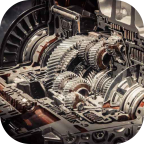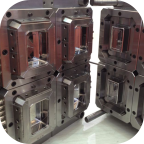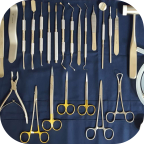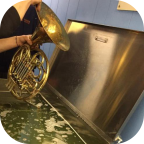The difference between Ultrasonic Cleaning and Other Instrument Cleaning
Browse Volume:162 Classify:Support
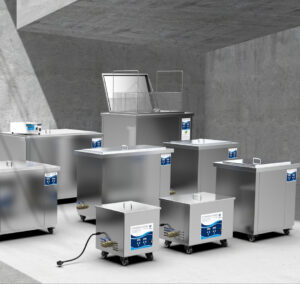
Ultrasonic cleaning is a method that uses high-frequency sound waves (typically above 20 kHz) to agitate a cleaning solution, creating microscopic bubbles that gently remove contaminants from the surfaces of objects. This is done by placing the items in a tank filled with a special cleaning solution, and the ultrasonic waves create tiny, imploding bubbles that scrub the surface at a microscopic level.
Here are the key differences between ultrasonic cleaning and other instrument cleaning methods:
1. Mechanism of Action:

- Ultrasonic Cleaning: Uses sound waves to create cavitation bubbles in a liquid, which implode and produce tiny shock waves that break apart dirt, grease, and contaminants from the surface.
- Other Cleaning Methods: Manual cleaning (scrubbing, wiping) relies on physical action or chemicals, while other automated methods might use sprays, jets, or brushes, but don’t achieve the microscopic level of cleaning that ultrasonic does.
2. Effectiveness:
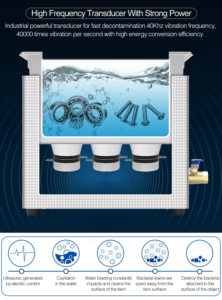
- Ultrasonic Cleaning: Extremely effective at cleaning small, intricate parts, especially those with fine details or hard-to-reach surfaces. It’s often used in medical, electronics, and jewelry industries.
- Other Cleaning Methods: Some methods (like manual cleaning or using brushes) may be less effective at cleaning intricate or hard-to-reach areas. For example, cleaning delicate components with a brush may miss small crevices or could damage sensitive surfaces.
3. Time Efficiency:

- Ultrasonic Cleaning: Relatively quick—cleaning can take anywhere from a few minutes to an hour, depending on the item and the level of contamination.
- Other Cleaning Methods: Some methods, like manual scrubbing or using chemical baths, can take longer, and the process might require more labor or multiple steps.
4. Risk of Damage:
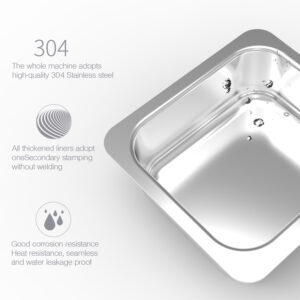
- Ultrasonic Cleaning: Generally safe for most materials, but can be damaging to certain delicate or soft materials (like some plastics or thin glass) if the ultrasonic power is too high or the cleaning time i
- Other Cleaning Methods: Manual cleaning can also be risky if improper tools (e.g., harsh brushes or solvents) are used, which might scratch or degrade the surface.
5. Cost: 
- Ultrasonic Cleaning: The initial investment in ultrasonic cleaning equipment can be higher, especially for industrial-grade units. However, it may save money in the long term due to its efficiency and reduced need for manual labor.
- Other Cleaning Methods: Manual cleaning or other automated systems may be cheaper upfront, but they could require more ongoing maintenance and labor costs.
In short, ultrasonic cleaning is a more advanced, thorough, and efficient technique compared to traditional methods, especially for small, intricate items. However, its suitability depends on the materials being cleaned and the specific cleaning needs.
 Granbo Ultrasonic
Granbo Ultrasonic

